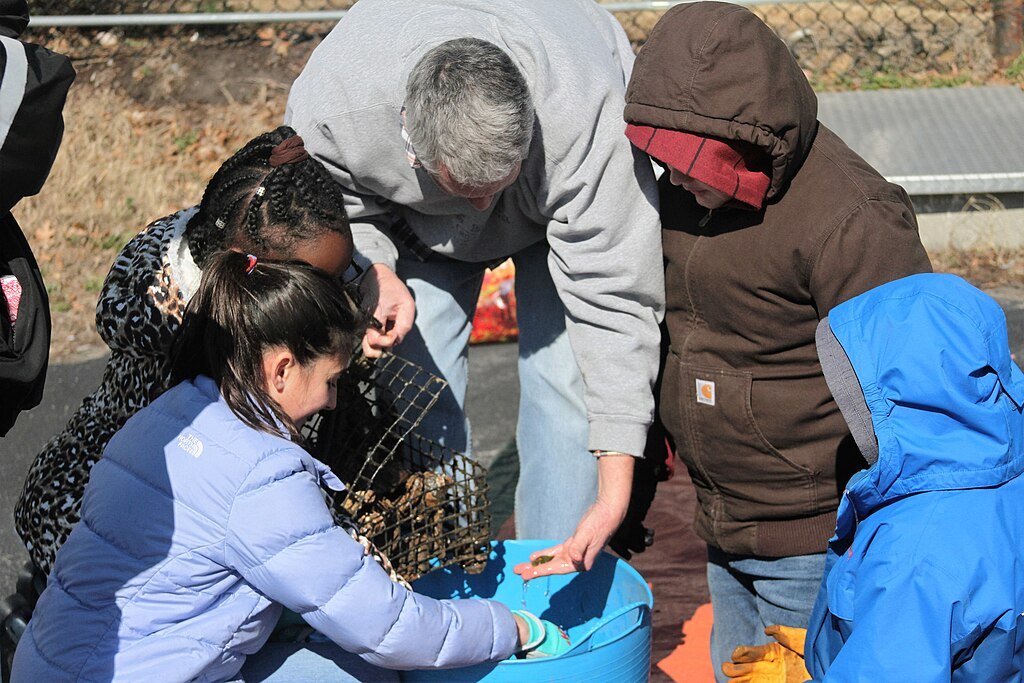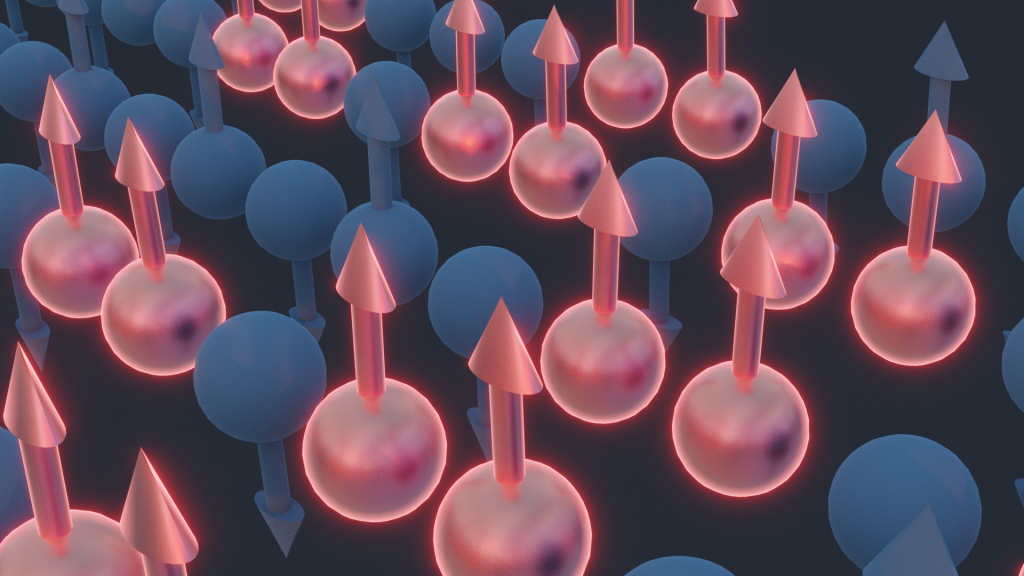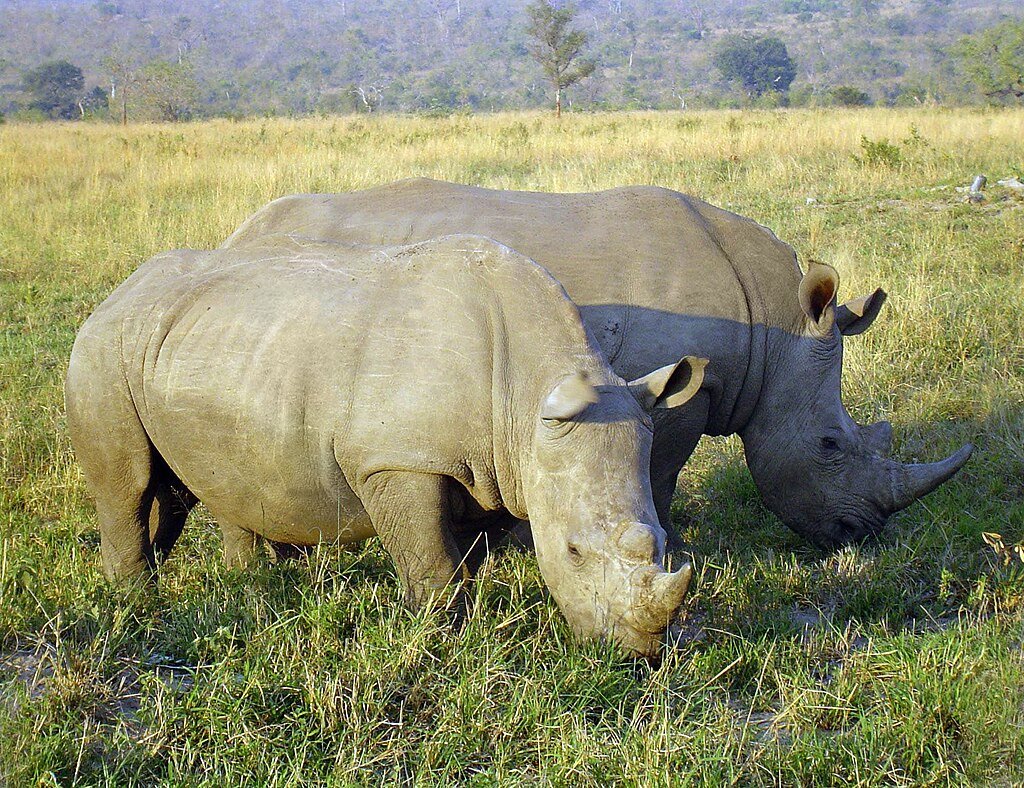Decoding Bonobo Facial Expressions: A New Window Into Primate Communication
A groundbreaking study has successfully adapted the Facial Action Coding System (FACS) for bonobos, providing new insights into primate communication and emotional expression. Researchers from Leipzig University and the Max Planck Institute for Evolutionary Anthropology extended the Chimpanzee Facial Action Coding System (ChimpFACS) to include bonobos, allowing for a systematic comparison of facial movements among ...












